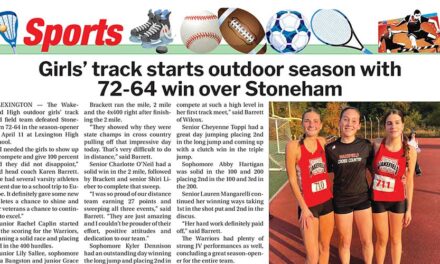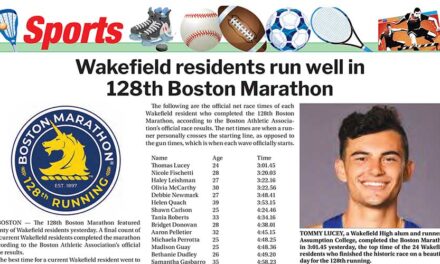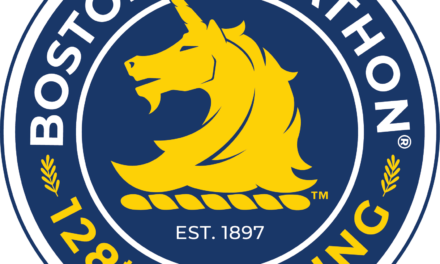Published in the June 25, 2020 edition.
By DAN PAWLOWSKI
High school football is nostalgic by nature.
So, the prospect of altering or even canceling a season is alarming for many across the country even in the midst of a pandemic.
According to an Associated Press article by Jim Vertuno published on June 22, some high schools are welcoming back football players to participate in annual summer workouts. It has become a tradition, especially in states considered to be football hotbeds such as Texas and Florida.
According to Vertuno, football powerhouse Arlington-Martin High School near Dallas had about 600 athletes attend their first day of summer conditioning on June 8. They were reportedly following state social distancing guidelines and spread out over four fields. Eight days later, the workouts were suspended after one of those 600 tested positive for COVID-19.
It’s an issue many high school programs are willing to risk.
Iowa became the first state to resume competitive high school sports when they brought back summer baseball and softball to play on June 15.
According to Davenport’s Quad-City Times, at least a half-dozen Iowa high school baseball and softball teams have experienced disruptions due to players or coaches contracting the virus, just one week into the season. The Iowa High School Athletics Association claims that none of the five cases involving baseball teams have been traced back to games or practices. They do believe that fans are not properly following the state’s guidelines for social distancing.
These are just the first examples of what will become a national athletic experiment.
The Massachusetts Interscholastic Athletic Association no doubt has some difficult decisions to make regarding fall sports.
Summer practices aren’t currently an issue due to the state’s guidelines limiting the amount of people for gatherings, but soon, decisions will need to be made, not only for best practices amongst student athletes but also for fans.
The MIAA website has posted guidelines for specific sports published by the National Federation of State High School Associations. Football rule considerations include: extending the team box on the sidelines so players can stand apart, cleaning and sanitizing the ball throughout the game, more breaks including after scores and longer time outs, personal water bottles and electronic whistles for referees.
The MIAA will likely adopt their own guidelines for all sports in addition to rules for fans but as evidenced by these early attempts to restart sports, problems will continue to arise with no perfect solution.
Mystic Valley Regional Charter School made state headlines recently when they announced the suspension of football for the 2020 season.
Bowdoin College and UMass Boston have already announced the cancellation of their fall sports. The early reports indicate that they won’t be alone.
The number of cases in Massachusetts continues to decline. There was an average of 322 cases reported per day from June 8 to June 15. That average went down to 217 from June 16 to June 23.
Of course, the concern is how the return of sporting events could alter this decline. Team sports and leagues are currently on pace to return during Phase 3 on July 6. The MIAA will be able to get more evidence from monitoring summer leagues but it would hardly be considered concrete, especially considering how the fan base at a Little League game for example would be much different than a high school football contest.
It’s a big part of the culture in many states including Massachusetts, but the early signs don’t point to a bright future, especially for football in the fall.
We already know the season won’t be typical, it’s just that now there is rightful concern many fall sports are in jeopardy even with adopted guidelines and best practices to play through.




